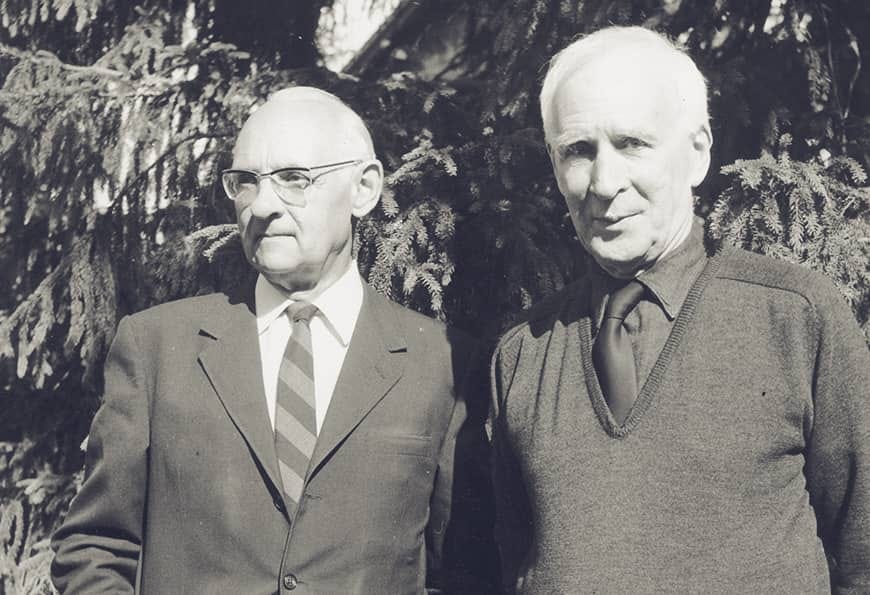Excursus: The Anti-Modernist Controversy and the Intellectual Origins of the Three Tribes
my n-word is "layer-cake, two-tier neoscholastic thomism." where my boys at?

Return to: Bergoglio´s Bender: Intellectual Drift 2013-2025
Appendix: The Anti-Modernist Controversy and the Intellectual Origins of the Three Tribes
The Second Vatican Council could most accurately be described by Josef Ratzinger Himself, a 180 degree turn from the Syllabus of Errors for Pope Pius IX, which is a couth way of saying Vatican II was a triumph for Theological Modernism, or that the Council constituted a Death of post-Aeterni Patris Neo-Scholasticism. Modernism was the last major heresy defined by the Roman Catholic Church and the only heresy in the history of the Church where it clearly succumbed to what was previously defined as a heresy.
Both the post-Conciliar liberal and conservative intellectual position is, in practice at least, modernism=good. The Post-Conciliar world of academic theology tended to be divided between the liberal and conservative camps and their respective theological journals, concilium and communio. It´s important to highlight what these two camps held in common: (1) Rejection of Aristotelian Metaphysics as a Basis for Theology (usually replaced by a phenomenological basis, i.e. Heidegger serves as the metaphysical basis for both von Balthasar and Karl Rahner, supposed arch enemies), (2) Rejection of the previous Political Aspirations and Ecumenical Disciplines of the Church, (3) Chilialistic Optimism about The Present Age. These three moves are logically linked. The metaphysical changes in principle openned up room to justify the new practices of the church, and all of these together had to find their warrant in a new ´spirit´ doing something new in this time, of course a positive spirit.
Since the council, Trads have been defined by the modernism=bad take. Trads, in contrast, seek to (1) hold on to the old metaphysic, (2) along with the old political hopes and ecumenical worries, (3) with a broadly pessimistic, if not downright paranoid-schitzo-negative view of the Present Age. Thus the retreat back to pre-conciliar Theology has a much more reactionary feel—i.e. its about purity and a superficial rejection of the developments of contemporary philosophy rather than a desire to incorporate new insights into the scholastic point of view. This problem is compounded by the fact that trads have been excluded from every major school of theology throughout the world, so there are very few opportunities, even if they wanted to, within the field of academic theology for trads to do creative intellectual work (yet one doesnt get the sense this is desired at all!).
All this is to set up intellectually the crucial role played by conservatives in the post-concliar Church. Liberals use modernism to justify their ends, Trads reject modernism because it was condemned before and because all the horror predictions about what would happen if modernism succeded came true. And thus the job of conservatives is to argue, more or less modernism is good, that the liberals have abused modernism to direct it toward their ends, and then to prove modernism can be harmonized with the previous teaching as best they can. This is the post-conciliar communio project of conservative theologians—primarily Henri de Lubac, Hans Urs von Balthasar, Karol Wojtyla, and Josef Ratzinger. All brilliant men, they set out to do the impossible because their presuppositions—e.g. regarding metaphysics, politics, and ecuminism\ecclesiology—were already condemned by Sacred Tradition.
Thus the conservative intellectual project in reality has two aims: (1) to claim in principle that the rest of the cycle of Catholic Dogma and Moral teaching can still be defended in the absence of these dogmas and (2) to claim in practice that Catholicism is better off without these dogmas. Because the modernist triumph was a subtraction in a sense, conservativism, when it fails on these fronts often simple resorts to associating the thing subtracted itself with evil, e.g. scholasticism, royalism, an exclusivist anti-ecumenism. But really it was Ratzinger under JPII as head of the CDF and then as Pope that brought the modernist revolution to heel beneath his principle of post-conciliar interpretation which he called the ´hermeneutic of continuity,´ which basically means that any ambiguities or apparent contradictions in the Second Vatican Council should be read in line with the previous teaching of the Church—barring the teaching regarding metaphysics, politics and ecuminism of course these parts of the Modernist triumph at Vatican II were good, everything else should conform to tradition.
The problems with this procedure are manifold: (1) its hypocritical in the sense there are some key reversals of doctrine that are not meant to be reversed by the hermeutic and others that are, (2) it is a way of tolerating ambiguity and error in dogmatic texts, as the reader—if he is a faithful catholic—is expected to find the right logical universe where the traditional meaning can be generated from a flawed text. (3) this manner of interpretaing texts isnt traditional at all, i.e. de facto the reference point for accepting or rejecting dogmatic sentences is the not-false rather than the true. so long as the text isn´t false, then it can be accepted and made to conform to the ´tradition,´ yet the tradition says dogmatic sentences take their reference point from the truth.





